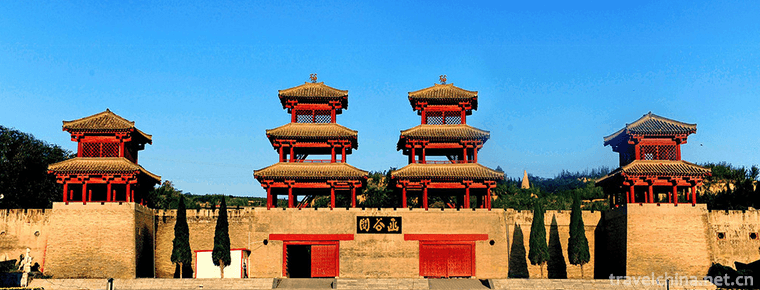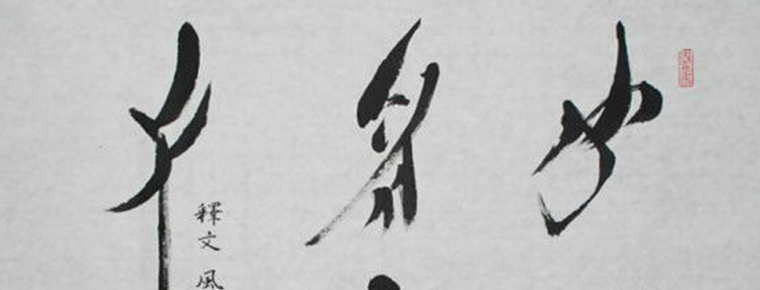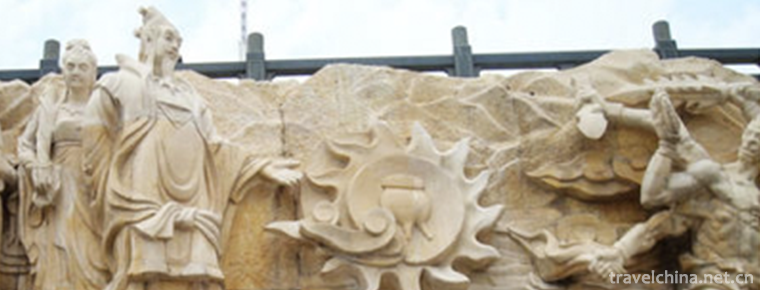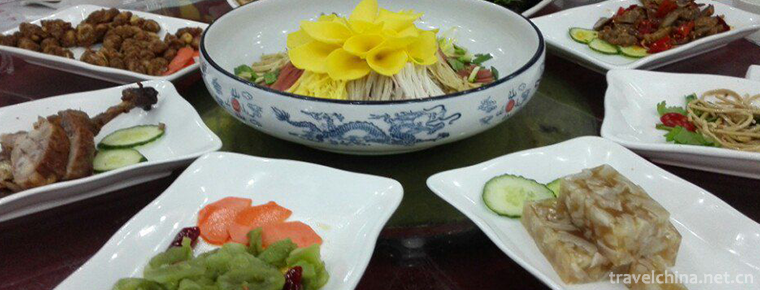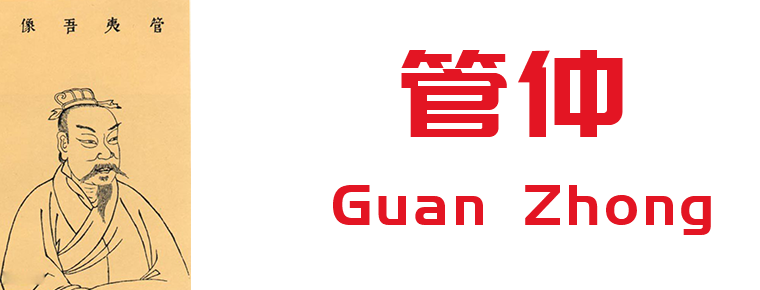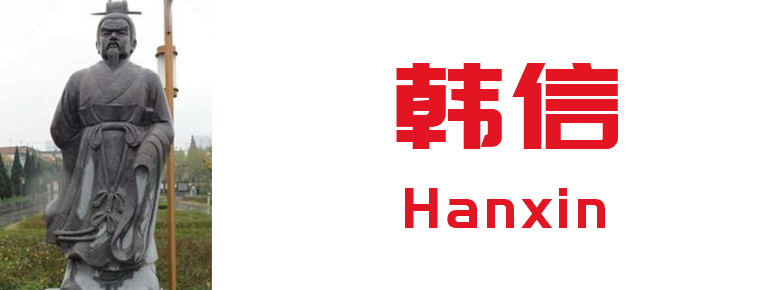Smelting Technology of Gold Chute Stone fill Stove
Smelting Technology of Gold Chute Stone-fill Stove
The smelting technique of gold chute rockfill stove was first seen in the history of Song Dynasty. Since the fourth year of Jingde in the Song Dynasty, Minister Pan Mei-lai adopted this method to supervise Linglong Gold Mine, the first official gold mine in China, this technique has been written into the History of Song Dynasty. After many dynasties, the inheritance has been flourishing, and its principle is still applied today. To this day, Zhaoyuan's goldsmiths who master this skill can trace their genealogy back to seven generations. The smelting technology of gold chute rockfill stove consists of four processes: crushing, grinding, drawing and smelting. Crushing: commonly known as sand breaking, ore should be crushed to the same size as peanuts. Grinding: Crushed ore should be milled after mixing with clean water evenly. The finer the sand grinding, the better, because it determines the level of ore dressing rate in the future.
In 2008, it was selected as the second batch of national intangible cultural heritage list.
Technical history
According to the burning remnants found in ancient pits in Zhaoyuan and the remains of gold mining by the ancestors such as charcoal, iron chisel, hammer, clay bowl and black pottery bowl, the original burnt-fired blasting method was used to extract gold in Zhaoyuan during the Spring and Autumn Period and the Warring States Period. The record of the smelting technique of the gold chute stone stove was first seen in the history of Song Dynasty, and Zhu Biao's Pingzhou Ketan Volume 2 of Song Dynasty recorded: "The metallurgy of the two states, taking sand along the stream and scouring it with wooden trays, is very little and laborious. Denglai gold pit households only use big wood, sawing it, leaving blade marks, throwing sand on it, flooding with water, sand, gold saw grain, very easy to get. This traditional technique of mining gold by hand-operated crushing, grinding, drawing and smelting with hammer, mortar, stone mill, stone mill, chute, Taozun (or crucible) and other advanced tools was later called "chute stove smelting method" by gold historians. In fact, it is the method of extracting gold by gravity beneficiation and high temperature smelting.
Craft procedure
Since the fourth year of Jingde in the Song Dynasty, Minister Pan Mei-lai adopted this method to supervise Linglong Gold Mine, the first official gold mine in China, this technique has been written into the History of Song Dynasty. . To this day, Zhaoyuan's goldsmiths who master this skill can trace their genealogy back to seven generations. The smelting technology of gold chute rockfill stove consists of four processes: crushing, grinding, drawing and smelting. Crushing: commonly known as sand breaking, the ore should be crushed to the same size as peanut rice. Grinding: Crushed ore should be milled after mixing with clean water evenly. The finer the sand grinding, the better, because it determines the level of ore dressing rate in the future. When pushing and grinding, people often sing while pushing in order to forget their hard work and reach the same pace. The simple song is not only full of gold miners'yearning for a better life, but also inherits the local folk culture. Beneficiation: commonly known as "pull flow". The concentrate, which is called gold mud, is selected mainly by gravity principle. This process has relatively high technical content and is relatively complex, and it is the key link of the whole process. When drawing, the ground ore powder is placed above the trough plate and evenly spread out to draw a ditch. When the water in the cylinder above the chute plate enters, the water flow should be controlled by gentle stroke or tapping with a uniform chop from left to right. This is the key to pulling flow, because the flow is large, it is easy to wash away the gold-bearing particles; the flow is small, but it can not wash away the slag, which can not meet the requirements of mineral processing. With the clear water flowing away, the stone slag leaves behind gold-bearing mineral particles, commonly known as "gold mud". After the pull-out, the gold mud is filled in a mud bowl, then dried with fire, and then the rabbit legs which can not adhere to the gold particles are used to clean the gold mud onto the paper, wrapped in paper bags and stored for refining. Smelting: commonly known as "chemical fire". When igniting, paper bags containing gold mud are put into crucibles which are determined to be free of cracks for smelting. After the gold mud is melted, the foam formed by impurities is continuously evaporated or extracted with iron pincers, and then the gold is purified by adding mirabilite and borax. When the molten gold is purified to a certain extent, it is poured into the gold mould, and the gold smelting is completed. The whole process is mastered by the experience and feeling of the goldsmith. The smelting technology of gold chute rockfill stove is not only inseparable from Zhaoyuan's gold mining history, but also occupies an important position in China's gold production history. It is this handicraft handicraft handicraft handicraft handed down from generation to generation that has laid a solid foundation for modern gold mining technology and promoted the development of gold industry.
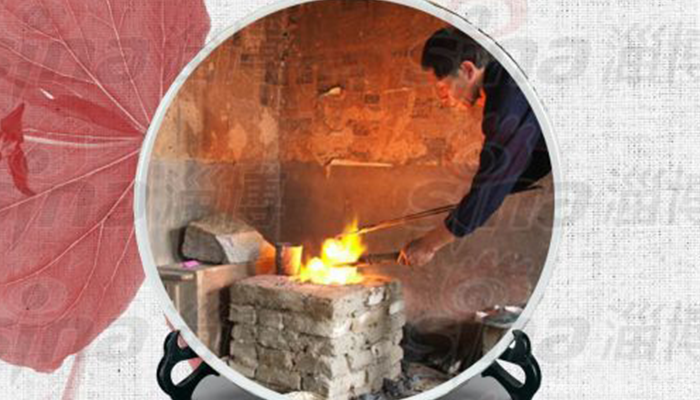
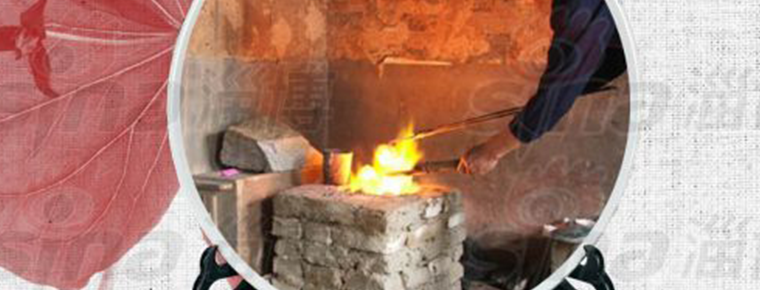
Smelting Technology of Gold Chute Stone fill Stove
-
Hanguguan Historical and Cultural Tourist Area
Hangguguan Historic and Cultural Tourist Area is a national AAAA-level scenic spot built by Lingbao Municipal Committee and Municipal Government with an investment of 589 million yuan.
Views: 251 Time 2018-12-26 -
Linhe Yellow River National Wetland Park Inner Mongolia
Inner Mongolia Linhe Yellow River National Wetland Park is located in Linhe District, Bayannaoer City, Inner Mongolia Autonomous Region, with a total area of 4637.6 hectares. The functional zoning map
Views: 187 Time 2018-12-26 -
Wu Songgun Taiwan Wetland Forest Park
Wu Song Gu Taiwan Wetland Forest Park: Wu Song Gu Taiwan Wetland Forest Park with a total area of 53.46 hectares is located in the eastern part of Baoshan District
Views: 215 Time 2019-02-22 -
Hanju Opera
Han Opera, a local traditional drama in Wuhan, Hubei Province, is one of the national intangible cultural heritage.
Views: 183 Time 2019-05-02 -
Traditional Building Techniques of Wood Arch Bridge
The traditional construction techniques of Chinese wooden arch bridges mainly include site selection, abutment construction, level measurement, arch erection, upper scissors seedling, instant leg erec
Views: 254 Time 2019-06-06 -
Female Book Custom
Jiangyong Nu Shu in Yongzhou, Hunan Province, is the only special written language for women in the world. Its development, inheritance and cultural information as symbols constitute the custom of wom
Views: 134 Time 2019-06-08 -
Legend of Dayu
Dayu's water control is a great project in the ancient times of our country. It once benefited mankind and became a symbol of the strength and wisdom of the ancient people of our country. Until the Sp
Views: 247 Time 2019-07-16 -
Really Different zhenbutong Making Skills of Luoyang Watermat
It's really different from Luoyang's water mat making skills. The traditional handicraft in Luoyang City, Henan Province, is one of the national intangible cultural heritages.
Views: 151 Time 2019-07-25 -
Guan Zhong
Guan Zhong (about 723 BC - 645 BC) Ji surname Guan Shi, name Yi Wu, character Zhong, posthumous title, Yingshang (now Yingshang County, Anhui) A famous economist, philosopher, statesman and strategist
Views: 220 Time 2019-09-07 -
Han Xin
Han Xin (about 231 - the first 196). The Warring States period Han Xiang Wang Ji Kun Shu sun, in order to avoid the military strategist with the same name, Huaiyin Hou Hanxin Mixed up, historical book
Views: 183 Time 2019-09-07 -
Chunqiu Temple
Chunqiu temple, also known as Chunqiu pool and Chunqiu Pavilion, is located in Yandian street, Xuyong county (Xuyong town), Luzhou City, Sichuan Province. It is mainly dedicated to Guan Sheng emperor. It is said that Guan Yu likes to read the biography of the left family in the spring and Autumn period, so it is named Chunqiu temple.
Views: 250 Time 2020-10-15 -
Population of Dazhou
By the end of 2019, the registered residence population of Dazhou was 6 million 589 thousand and 400, with a permanent population of 5 million 741 thousand, and the urbanization rate of permanent residents was 47.14%. The annual death rate was 46
Views: 370 Time 2020-12-20
